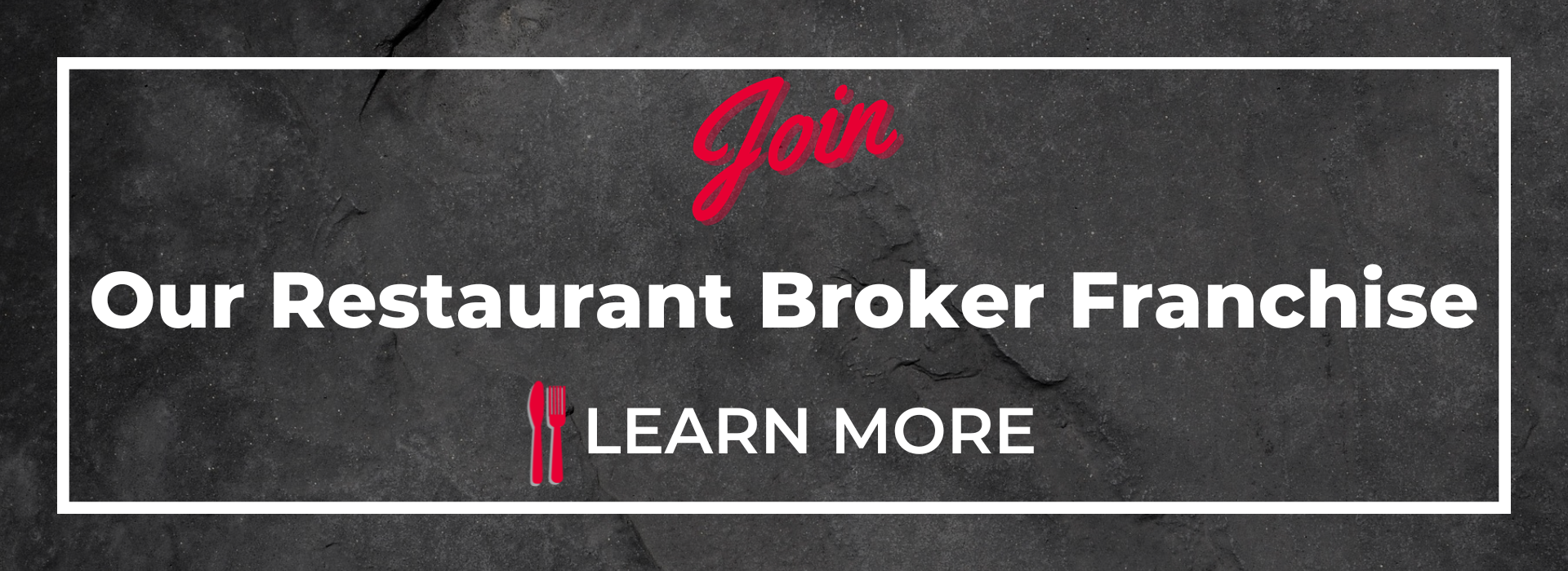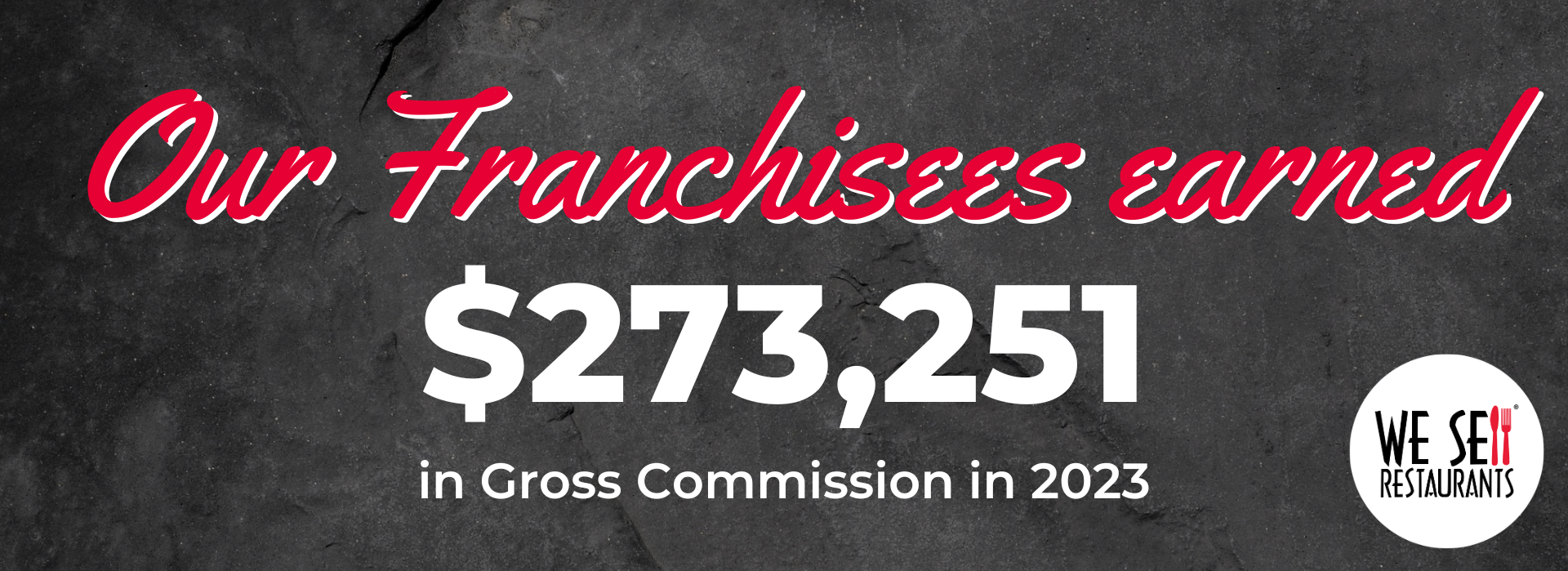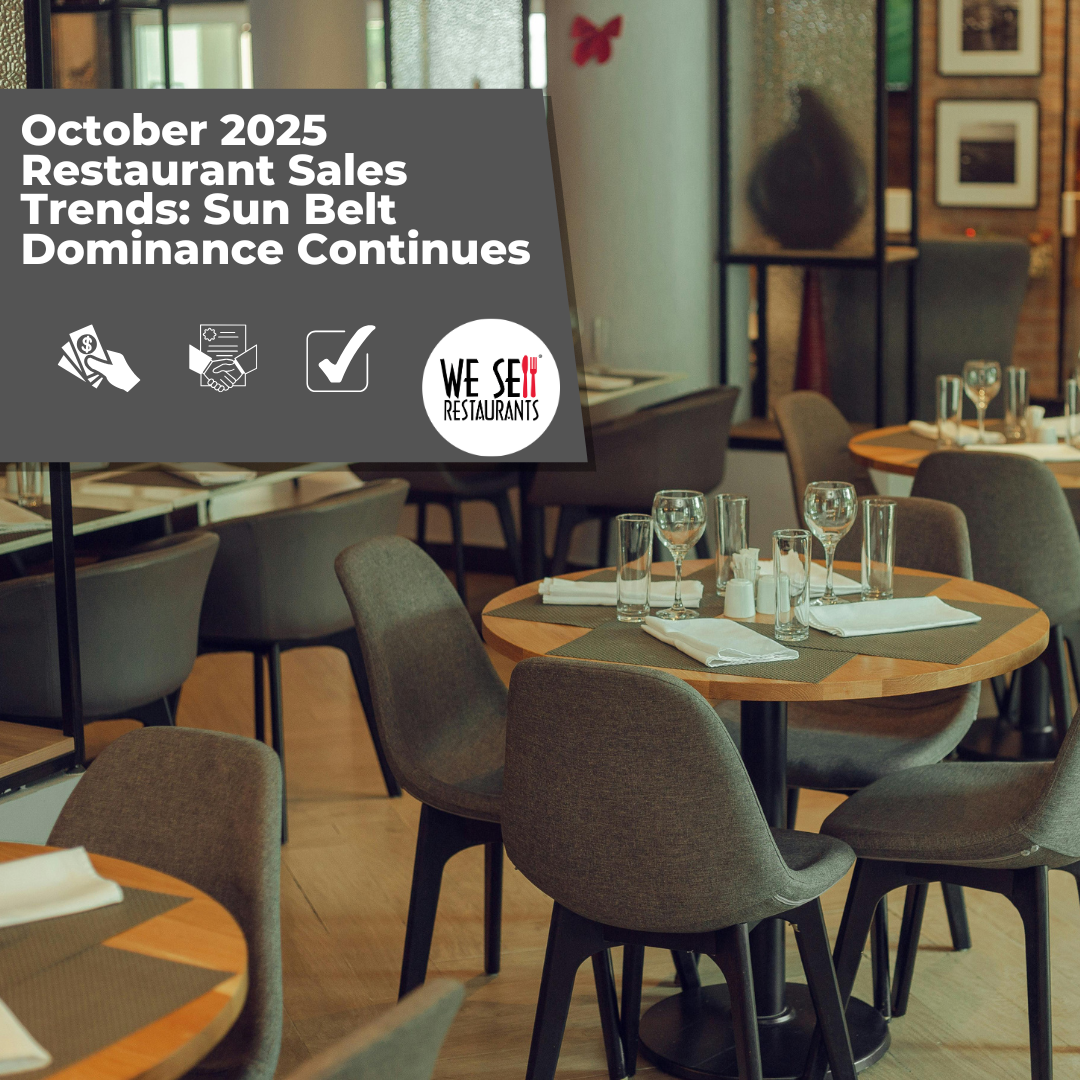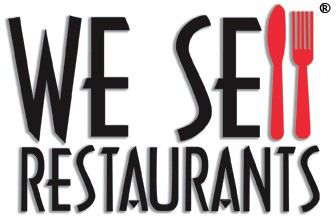Franchise growth isn’t about chasing unit counts—it’s about aligning people, processes, and capital with a brand’s lifecycle. This was the core message delivered by Robin Gagnon, CEO of We Sell Restaurants, at the Southeast Franchise Forum (SEFF) quarterly meeting on August 12, 2025, in Atlanta, Georgia.
The SEFF, Atlanta’s Franchise Business Network chapter of the International Franchise Association, is a nonprofit dedicated to fostering growth for franchisors, franchisees, and suppliers through education, networking, and collaboration. As the largest franchise professional group in the Southeast, SEFF provides a vital platform for industry advancement.
Recognized by Nation’s Restaurant News as a top industry supplier and by Entrepreneur Magazine as a “Top Influential Woman in Franchising,” Robin Gagnon is a respected leader in the franchise community. She serves on the International Franchise Association’s (IFA) Executive Board of Directors, chairs its Franchisor Forum, and is a past chair of the IFA’s Women’s Franchise Committee. In 2025, she received the prestigious Crystal Compass Award for Leadership.
In her speech, titled The Growth Journey in Franchising: Five Stages Every Brand Must Navigate, Gagnon emphasized that understanding a brand’s lifecycle stage enables better decision-making, protects brand value, and accelerates collective progress. Misalignment, she warned, turns growth into chaos. Speaking to a room of franchisors, franchisees, and suppliers at the Southeast Franchise Forum, she shared practical steps to align these groups, ensuring brands thrive at any stage by fostering cohesion and clarity across their efforts.
The Real Scoreboard: Alignment Over Announcements
Franchise headlines often highlight big deals and market expansions, but Gagnon stressed that true success lies in less visible metrics: validation strength, net unit growth after churn, training capacity aligned with openings, and sustainable debt levels. These indicators determine whether growth is sustainable.
Gagnon cautioned against using the same strategies across different growth stages. Tactics effective for a 5-unit system often fail at 50 or 500 units. Suppliers suited for small systems may not scale, and franchisee support needs evolve over time. Her framework, the Five Stages of Franchise Evolution, outlines the predictable phases every brand navigates.
The Five Stages of Franchise Evolution
Robin walked the audience through the five predictable stages every franchise brand encounters, each with its own work, risks, and measures of success. “The timing differs,” she noted, “but the stages are universal.”
First up is the Seed stage, where the focus is on proving the concept and building a franchise model others can replicate. For franchisors, this means keeping policies simple, validating unit economics across different markets, and setting up lean support systems like training and opening playbooks. Franchisees need to stick to the playbook and share honest feedback to shape the system. Suppliers, meanwhile, should offer straightforward solutions that don’t overwhelm a young brand. The biggest risk? Taking on big capital or complex vendors before the model’s ready. Robin urged the room to track breakeven timelines, franchisee validation, and the number of sold-but-unopened units to stay on course.
Next comes the Need stage, where momentum builds and unit growth drives royalty breakeven. Franchisors must define their ideal franchisee—someone with the right finances, skills, and leadership—while resisting the urge to lower standards for quick growth. Training and opening capacity need to match new awards; if you sell five locations, can you support five strong openings? Franchisees should focus on scalable routines and, if they’re thriving, mentor newer operators. Suppliers need to deliver consistent service across markets with predictable pricing. The trap here is leaning too heavily on a few big franchisee groups or funding operations with franchise fees, which can starve support and spike churn. Key metrics include net unit growth, training satisfaction, and franchisee working capital.
The Greed stage is where things get exciting—and tricky. Growth accelerates, royalties stabilize, and investors start circling. Robin stressed standardizing metrics like average unit volume (AUV) and cost of goods sold (COGS) so everyone speaks the same language. Technology, like POS and inventory systems, needs to fit the brand’s scale, and culture must stay strong in franchisee selection. For franchisees, this is a moment to reassess: expand, optimize, or plan an exit? Suppliers should focus on efficient, consistent rollouts that lower system costs. The danger lies in taking capital that shifts strategy too fast or losing the operator’s voice as centralization grows. Watch the AUV spread between top and bottom performers, coaching quality, and hiring strength for multi-unit leaders.
Then there’s the Bleed stage, where stability can breed complacency. Established brands risk losing relevance unless they act. Franchisors should plan leadership succession, evaluate remodels for real ROI, and refresh the brand through menu innovation or better guest experiences. Franchisees need to plan renewals and modernize operations with tools that cut waste. Suppliers should bring practical innovations that boost revenue or efficiency. The phrase “we’ve always done it this way” is a death knell, Robin warned, and mandates without unit-level returns can erode trust. Track unit age, guest satisfaction, and same-store sales to catch trouble early.
Finally, the Succeed stage is about sustaining a healthy system. Franchisors build trust with clear communication and simple metrics. Franchisees plan smooth exits or successions, aligning lease and franchise terms, and share best practices to strengthen the brand. Suppliers keep standards high and offer incremental upgrades. The risk here is letting strong results dull vigilance—brands must keep scanning for market shifts. Monitor transfer rates, legacy unit performance, and the cost to attract qualified franchisees to maintain momentum.
A Cautionary Tale
Robin shared a sobering example: a “Hot Concept” restaurant brand that ballooned from 30 to 400 units, with hundreds more sold but unopened. The support structure couldn’t keep up. Training lagged, vendors fumbled, and operators felt abandoned. Transfers outpaced healthy openings, and the brand shrank back to 150 units. “Growth isn’t the problem,” Robin said. “Misaligned growth is. Early discipline saves you from expensive fixes later.”
Three Moves to Make Now
Robin closed with practical steps for each group. For franchisors, she suggested pinpointing their stage with their team, setting two measurable goals tied to stage-specific metrics, and aligning opening capacity with awards for the next six months. Franchisees should share one improvement idea with leadership, review renewal and remodel timelines to avoid crises, and decide whether the next two years are for growth, optimization, or exit planning. Suppliers, she advised, should audit their offerings against the brand’s stage, propose one cost-saving or efficiency-boosting idea, and build a scalable service plan.
Where We Sell Restaurants Fits
According to Robin, “Healthy systems plan for resales as carefully as they plan for growth,” she said. Transfers, when done right, signal maturity, not failure. Her company supports franchisors, franchisees, and private equity with clear resale processes that protect brand standards, market-driven valuations based on Seller’s Discretionary Earnings, and nationwide execution of listings and closings. For brands spotting stage misalignment or seeking a structured resale program, We Sell Restaurants’ Certified Restaurant Brokers are ready to help
Contact us at info@wesellrestaurants.com or visit www.wesellrestaurants.com.
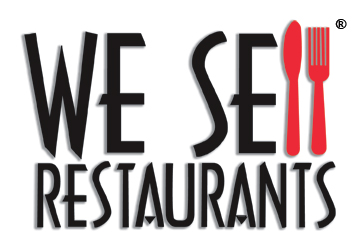
 404-800-6700
404-800-6700
